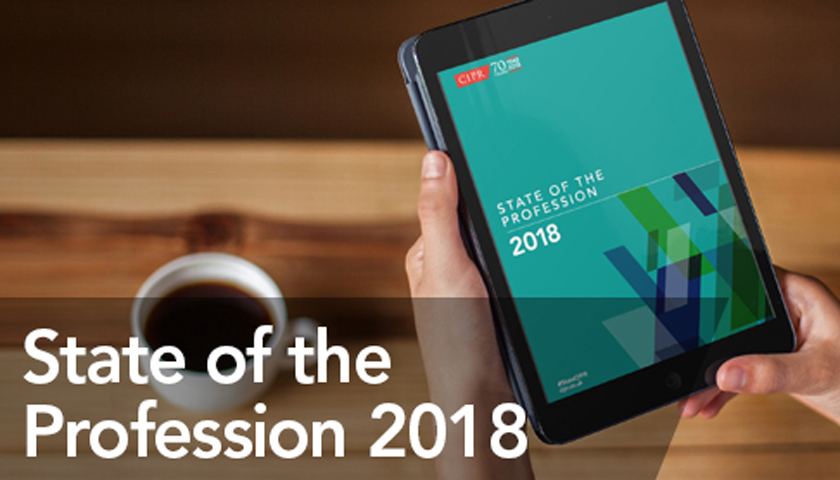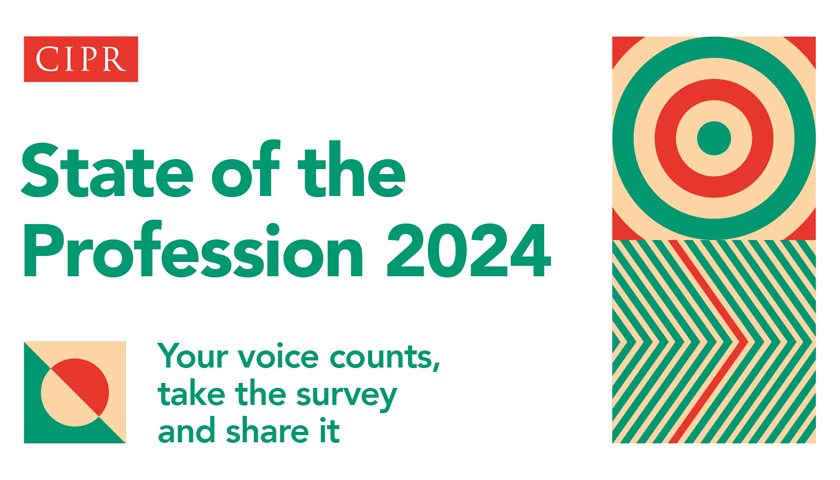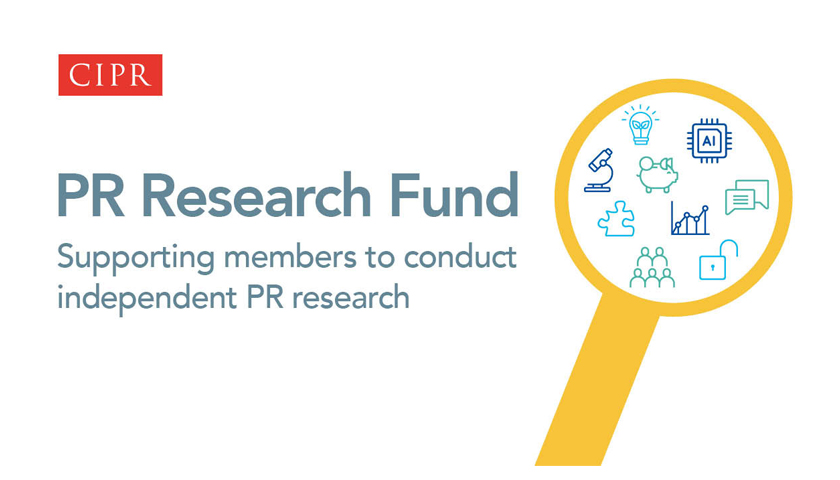The public relations workforce has grown by almost a quarter (22%) over the past four years with more than 71,000 PR practitioners currently employed in the UK, according to ONS figures revealed in the CIPR‘s 2018 State of the Profession report (PDF).
The study – delivered in partnership with Chalkstream – reports that 84% of in-house teams and 96% of consultancies are either growing or stable in size. Despite robust growth, the report uncovers evidence of a skills gap at the industry’s senior level.Almost two-thirds of recruiters (65%) said they looked for evidence of resource and people management in senior hires, but only a quarter (25%) of senior practitioners ranked those abilities amongst their strongest skills. Similarly, 66% of recruiters reported looking for senior professionals with business acumen, but only a third (33%) of those respondents ranked the skill amongst their strongest competencies.Other key findings include:
- Tactical dominance – Copywriting/editing (73%), PR programmes/campaigns (68%) and media relations (65%) comprise the top three most commonly undertaken activities, suggesting PR professionals spend the majority of their time on tactical delivery
- Gender inequality
- The true gender pay gap – which strips out factors that influence salaries such as part-time work – rose from £5,784 to £6,725
- ONS data indicates women now comprise 56% of the industry – a proportion which has declined year-on-year since 2013 when women made up 63% of the industry
- Diversity gap – More PR professionals than ever (65%) believe PR campaigns are more effective when practised by ethnically diverse teams but ONS data indicates the industry has remained more than 91% white since 2013
- Mental health – Around one in six PR professionals (16%) report living with a mental health condition – an increase of 10% from last year’s research.
Sarah Hall Chart.PR, FCIPR, CIPR President says: “This year’s State of the Profession survey underlines the challenges for the public relations industry. Practitioners remain predominately tactical. The CIPR’s role must be to equip them with boardroom skills.
There are two outcomes to achieve here. By focusing on financial, business management and consultancy competencies we can command the respect of management teams by speaking their language and by demonstrating the true value of public relations, increase investment in it.
Of concern within the research is the increasing number of senior female professionals leaving the industry. This coupled with the issue of the gender pay gap merits further research.
The increase of practitioners reporting a mental health condition is a reminder for us all that PR is a very demanding business – employee wellbeing and people-first strategies must always be prioritised.”
The ONS had recently proposed a change to the way that PR practitioners are classified in their data sets, which would have meant this ground-breaking research could never be repeated. The CIPR team lobbied successfully against the change, and we are able to gather more intelligence about the profession in the future. “
Links
https://www.cipr.co.uk/sites/default/files/11393_CIPR_StateOfPR2018%20compressed.pdf



